The International Style, a groundbreaking architectural movement that emerged in the early 20th century, found its way to Israel’s young and dynamic state, leaving an indelible mark on the country’s urban landscape. So, with its clean lines, functional design, and emphasis on simplicity, the International Style played a pivotal role in shaping Israel’s modern identity.
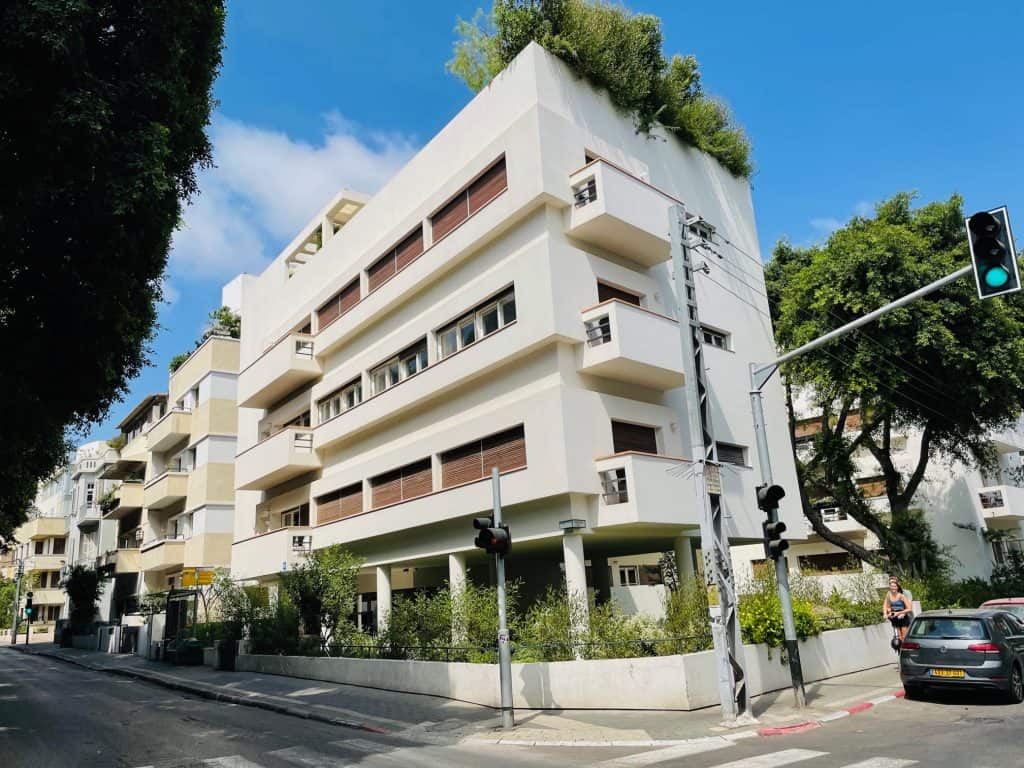
Origins of the International Style:
The International Style, also known as the Modern Movement, was pioneered by architects like Walter Gropius, Ludwig Mies van der Rohe, and Le Corbusier. Rejecting historical ornamentation, the movement sought to create buildings that reflected the spirit of the modern age, focusing on functionality, efficiency, and the innovative use of materials.
The Eclectic Style in Israel
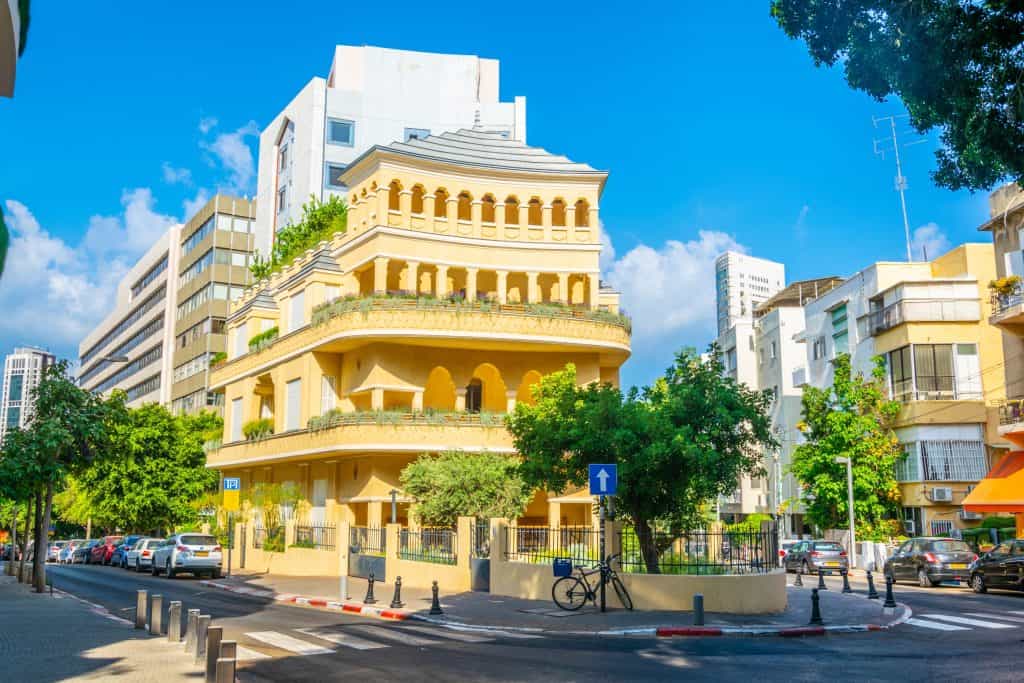
Introduction to The International Style in Israel:
As Israel underwent a transformative period in the mid-20th century, the International Style found fertile ground for expression. The style’s emphasis on functional design and urban planning aligned with the nation’s vision for a new, forward-thinking society.
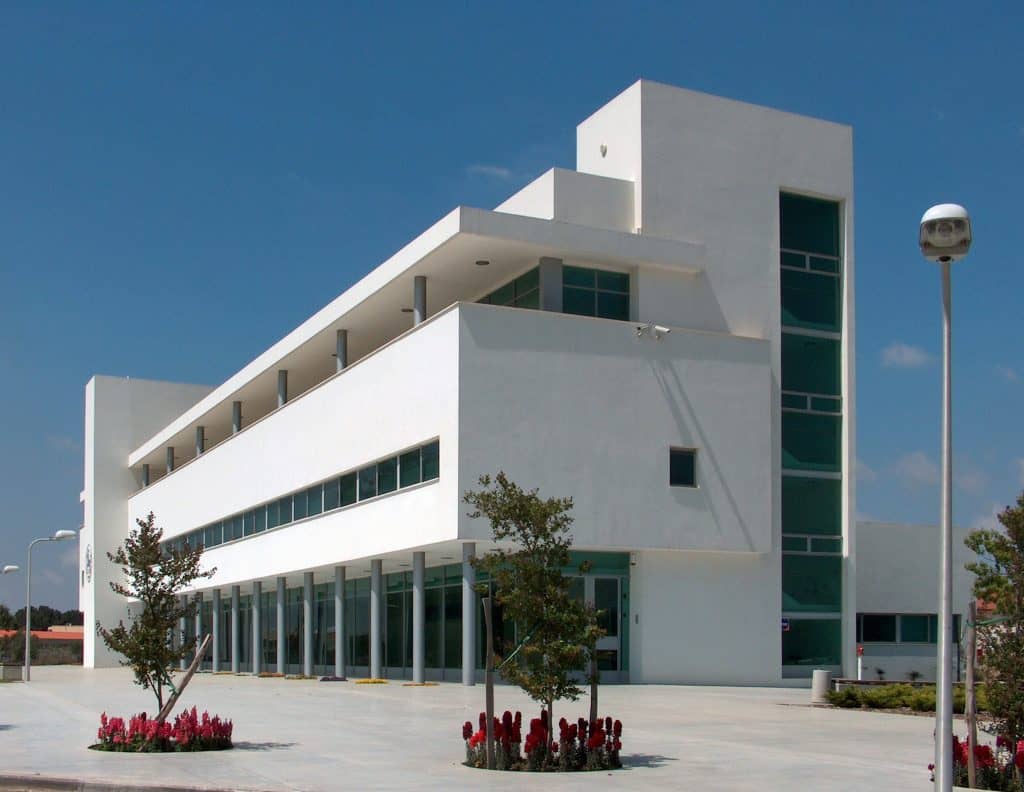
Credit: Michael Yakovson – Michaeli – at Hebrew Wikipedia, CC BY-SA 2.5, via Wikimedia Commons.
Tel Aviv: The White City:
First, Tel Aviv, often called the “White City,” is a UNESCO-designated World Heritage Site and a prime example of the International Style in Israel. The city’s rapid expansion in the 1930s and 1940s led to the construction of numerous Bauhaus and International Style buildings, which still grace its streets today. Characterized by their white facades, flat roofs, and horizontal windows, these buildings embody the essence of modernist architecture.
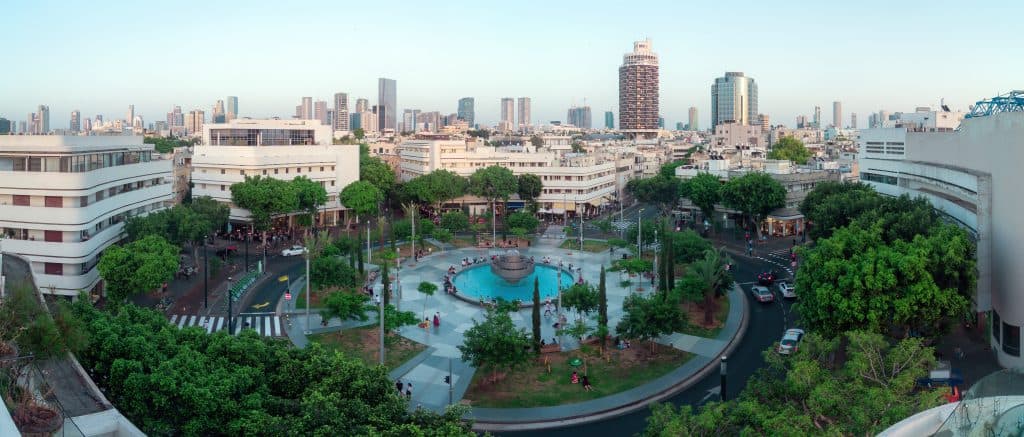
Jerusalem’s Modernist Gems:
Furthermore, Jerusalem also embraced the International Style, albeit with its distinct blend of tradition and modernity. Iconic buildings, such as the Israel Museum and the Knesset (Israel’s Parliament), showcase the city’s harmonious coexistence of the modern and the historical.
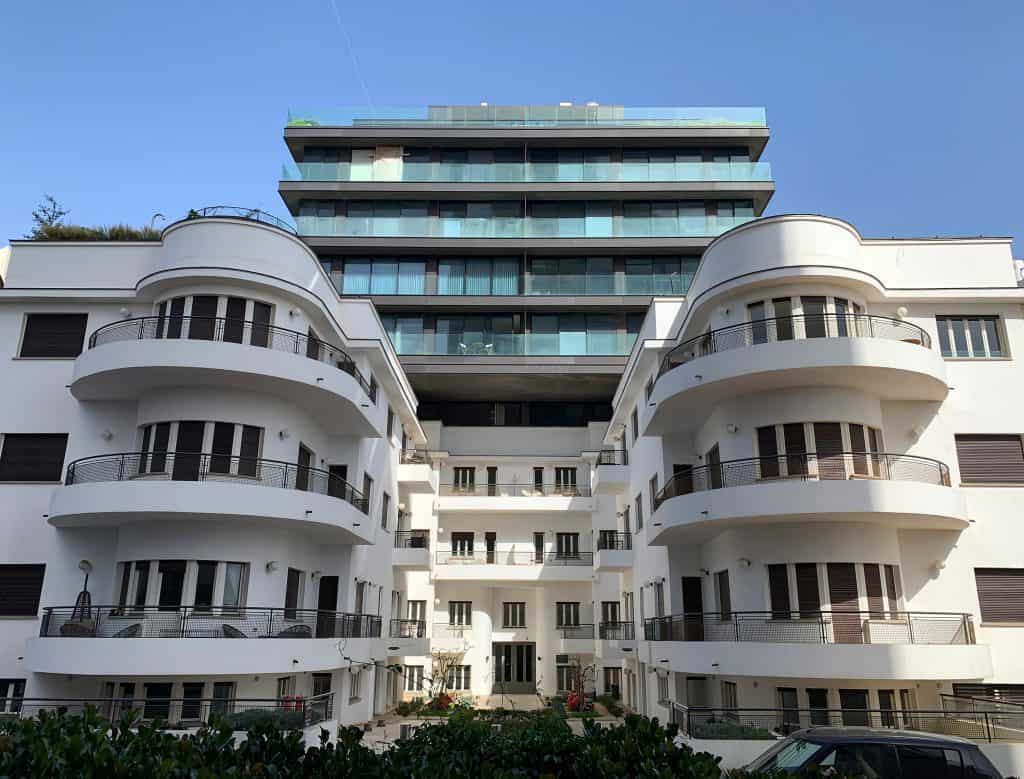
Haifa’s Technological Vision:
Even the port city of Haifa, with its industrial and technological aspirations, also embraced the International Style. The Bahá’í Gardens and the Technion-Israel Institute of Technology feature prominent examples of modernist architecture, reflecting the city’s commitment to progress and innovation.
The Land of Israel Style
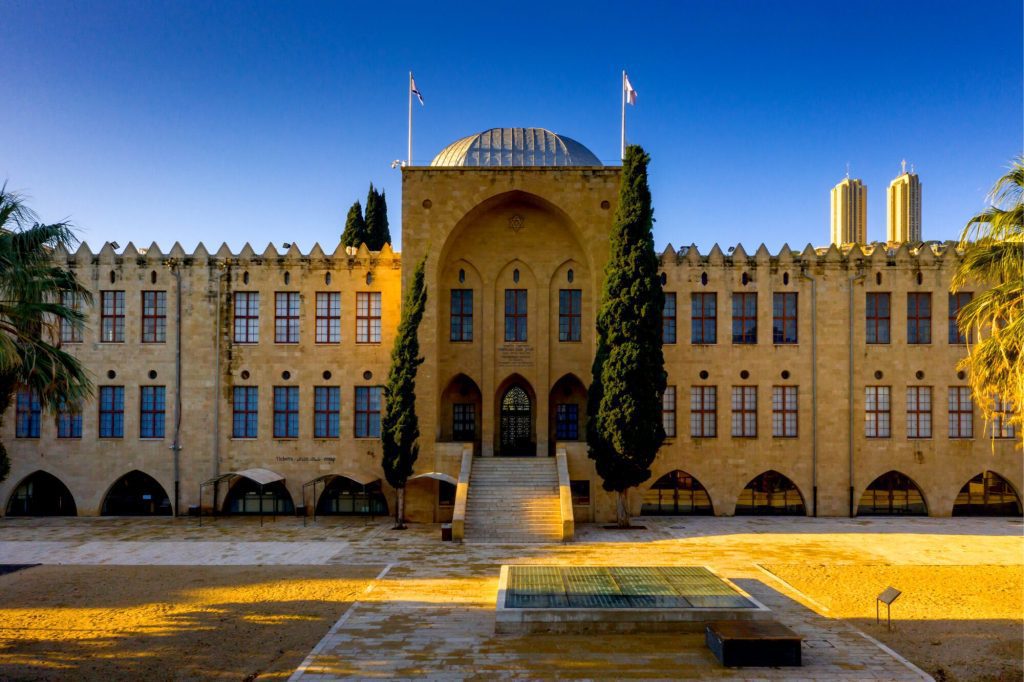
Preserving the Modern Legacy:
As Israel’s urban landscape continues to evolve, efforts are being made to preserve and restore the country’s modernist architectural heritage. Organizations and architects work tirelessly to protect these structures, recognizing their cultural and historical significance.
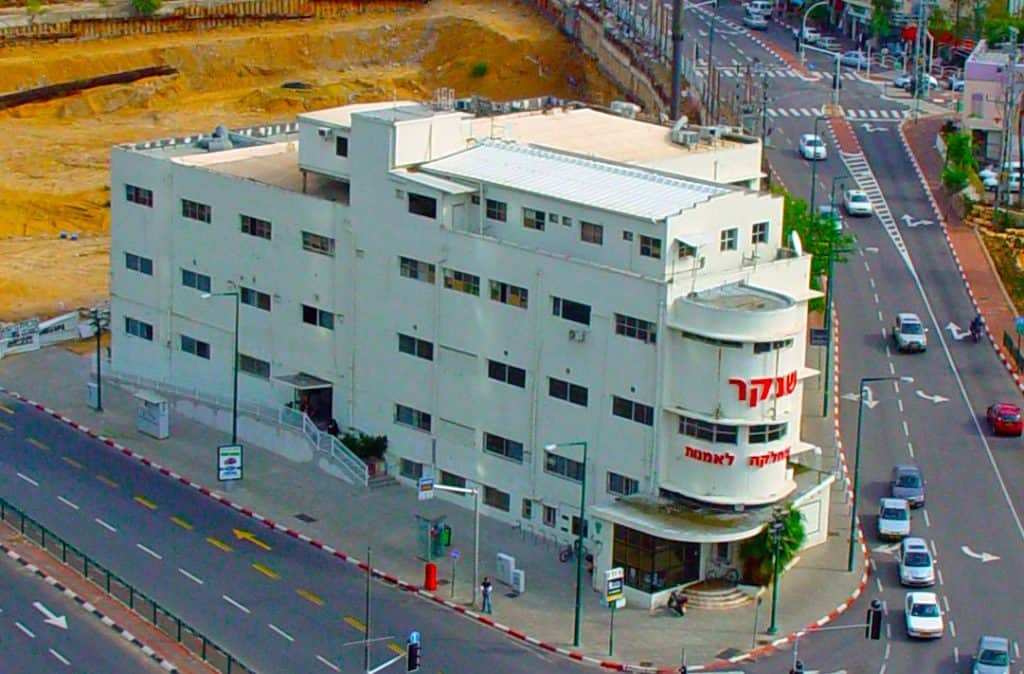
Credit: Etan Tal, CC BY 3.0, via Wikimedia Commons
A Testament to Modernity
The International Style in Israel is a testament to the country’s commitment to modernity, innovation, and functional design. As visitors traverse the streets of Tel Aviv, Jerusalem, and Haifa, they can witness the evolution of a nation through its architecture.
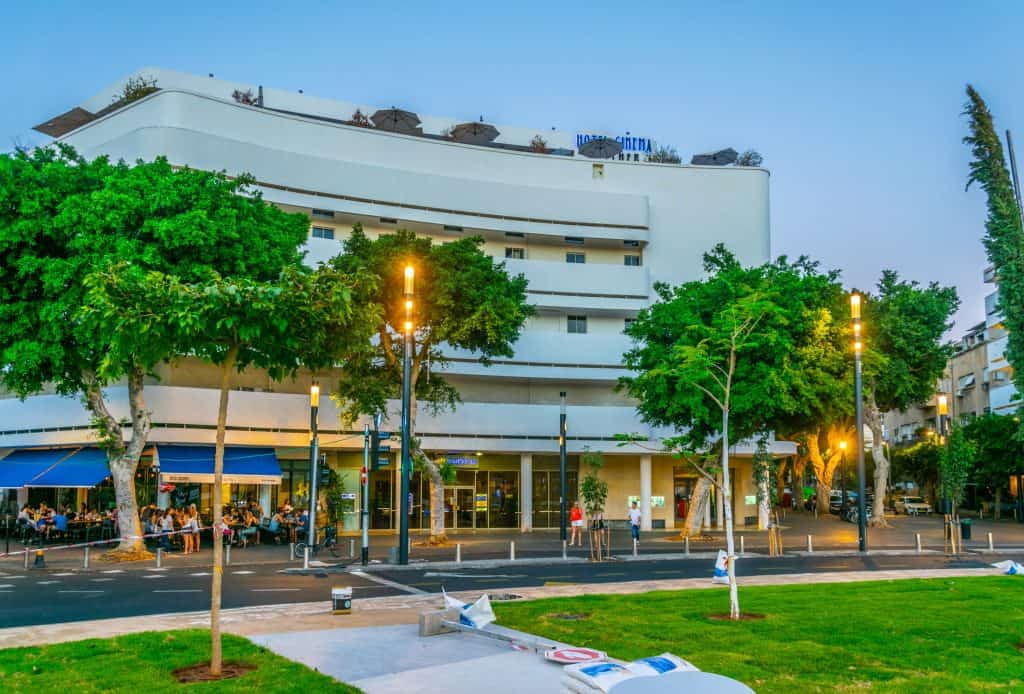
Lastly, the International Style buildings serve as architectural landmarks and a reminder of the nation’s ambition to create a modern and forward-looking society. So, with its clean lines and timeless elegance, the International Style in Israel continues to inspire and captivate, leaving an enduring legacy of modernist architecture in the heart of the Holy Land.







